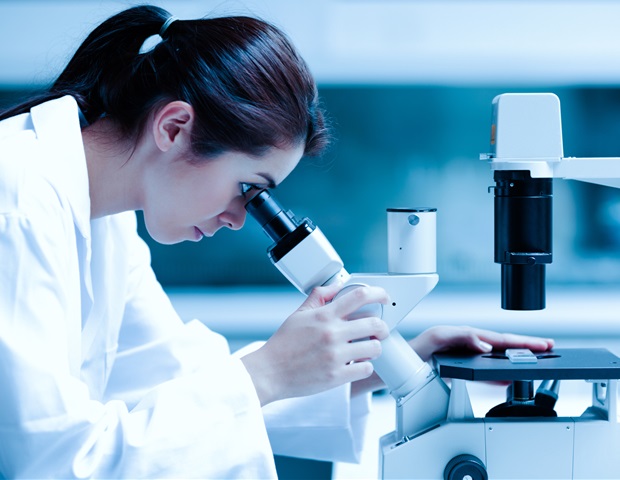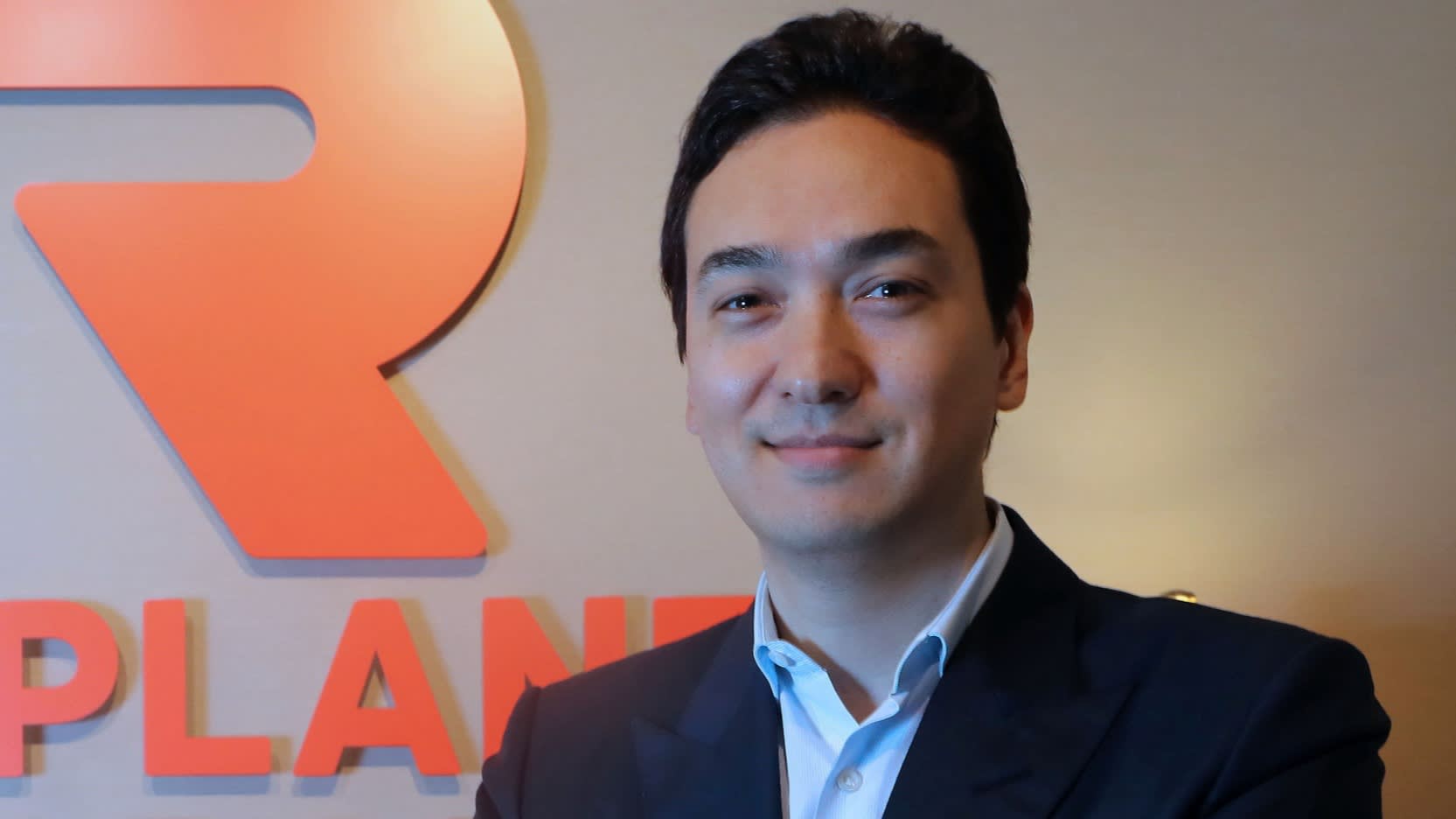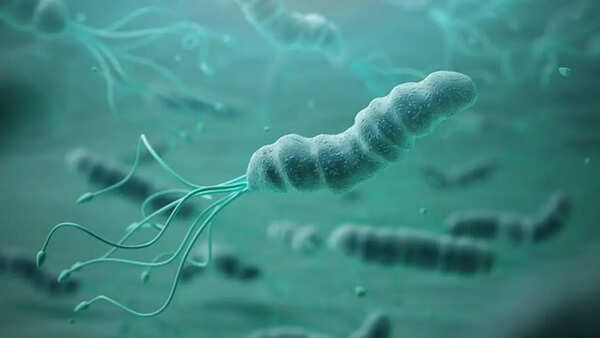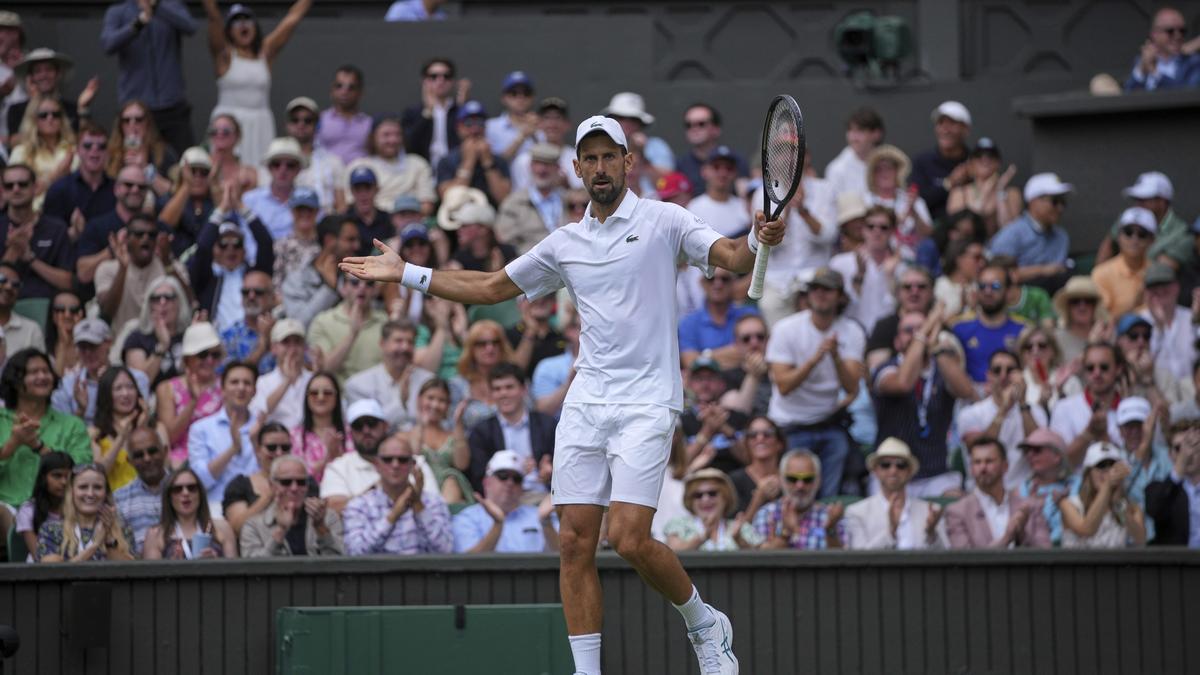To build proteins, cells rely on a molecule called transfer RNA, or tRNA. tRNAs act like protein-building couriers, where they read the genetic instructions from messenger RNA, mRNA, and deliver the right amino acids to ribosomes, the cell’s protein-making factories. But before tRNAs can do their work, they first need to be trimmed and shaped properly.
Now, researchers from Kyushu University have revealed that the smallest known protein-based tRNA-processing enzyme, called HARP, forms a star-shaped complex of 12 protein molecules, making it capable of cutting both the 5′ and 3′ ends of tRNA. The team hopes that their findings will have a broad impact on synthetic biology and biotechnology research, and aid in the designing of artificial enzymes and RNA processing tools. Their findings were published in the journal Nature Communications.
In any biological system, most proteins that are made in the cell need to undergo processing for them to fully work. In the case of tRNA, one of those processes is the cutting of the straggling ends of the RNA that make up the molecule. Depending on the direction, these are called 5-prime or 3-prime ends, denoted as 5′ and 3′, respectively.
One key enzyme responsible for cutting the extra segment at the 5′ end of the tRNA is RNase P. Found in almost all life forms, this enzyme exists in two broad forms: one that is mostly made of RNA and another that is entirely protein-based. The RNA-based version usually forms a large, complex structure with several proteins and has been well studied over the past 40 years.
On the other hand, protein-only RNase P enzymes are more streamlined. These come in two main types: PRORP, which is found in higher organisms like plants and animals, and HARP, which is found in certain bacteria and archaea. HARP-short for Homologs of Aquifex RNase P36-is known for its small size and unique six-pointed, star-like structure. But how it performs such a complex task-or why it forms such a distinctive shape-remained unclear.
“To investigate and visualize HARP bound to pre-tRNA and uncover how it processes the molecule, we used cryogenic electron microscopy (cryo-EM) single-particle analysis,” explains Professor Yoshimitsu Kakuta from Kyushu University’s Faculty of Agriculture, who led the study.
The researchers found that the overall structure of the enzyme with the pre-tRNAs had a radial structure with pre-tRNA molecules alternately bound to five binding sites on the enzyme. Cryo-EM analysis showed that the 12-subunit HARP enzyme acts like a “molecular ruler,” measuring the distance from the 5′ end to the “elbow” of the pre-tRNA to precisely identify the cleavage site. Remarkably, this mechanism was also observed in other types of RNase P enzymes, indicating a case of convergent evolution across different organisms.
Our structural analysis shed light on how HARP processes the 5′ leader sequence and revealed that the functional 12-subunit HARP complex binds only five pre-tRNA molecules, not ten as previously predicted. This means that 7 of the enzyme’s 12 active sites remain unoccupied.”
Assistant Professor Takamasa Teramoto, first author of the study
When the team conducted cleavage assays to understand the functionality of these vacant sites, they found a second cleavage product that corresponded to the 3′ end of the pre-tRNA. This was a new finding. It suggests that HARPs first trim the extra nucleotides at the 5′ end and then use the remaining empty active sites to carry out the cleavage at the 3′ end.
“The oligomerization of the small protein HARP confers it with bifunctionality in pre-tRNA processing. Our findings illustrate an evolutionary strategy by which organisms with compact genomes can acquire multifunctionality,” concludes Kakuta.
Uncovering such evolutionary strategies where limited structural elements are arranged flexibly to gain new functions could assist in the development of future tools in synthetic biology and biotechnology.
Source:
Journal reference:
Teramoto, T., et al. (2025). Structural basis of transfer RNA processing by bacterial minimal RNase P. Nature Communications. doi.org/10.1038/s41467-025-60002-1.










